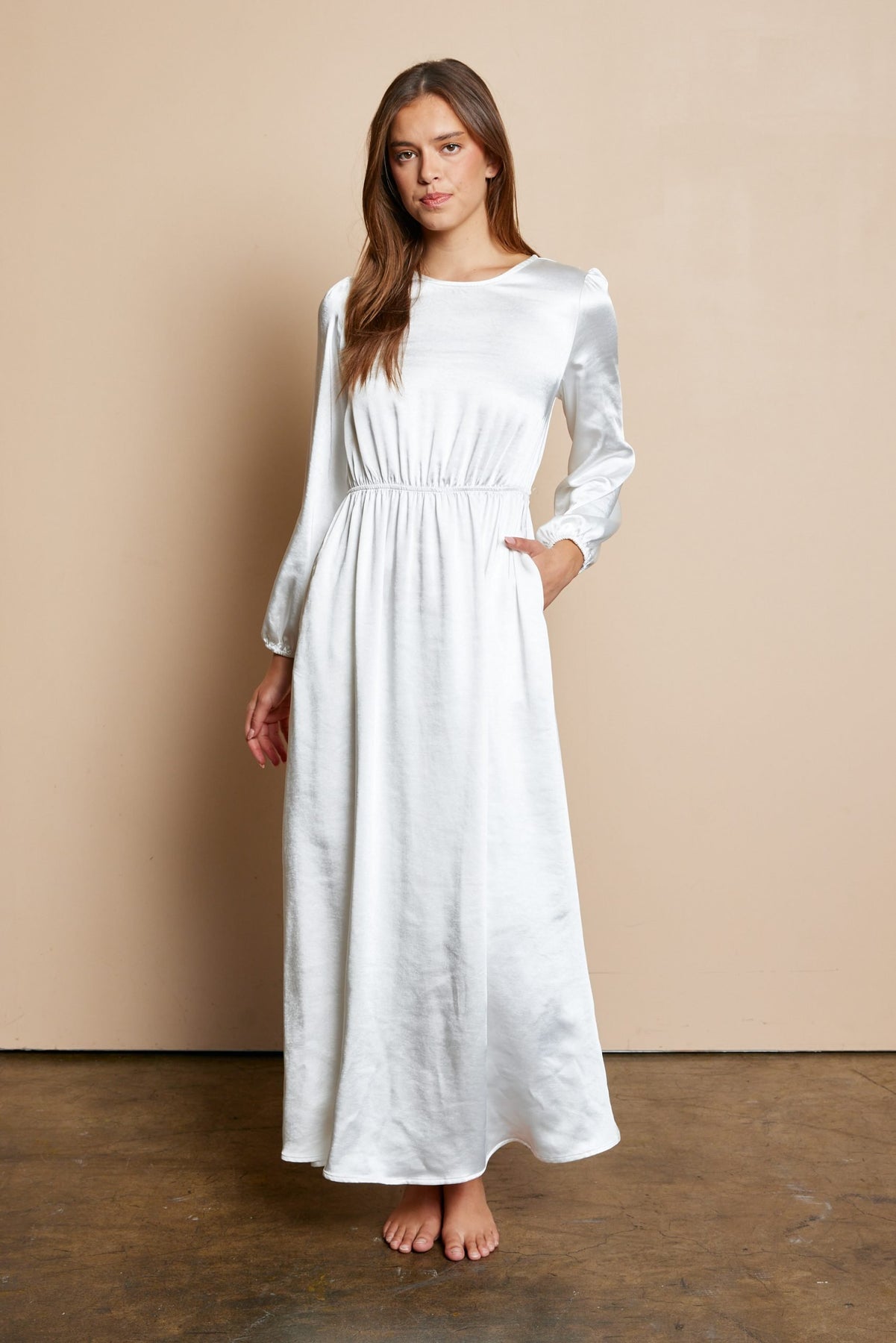Title: The Difference between Mulberry Silk and Tussah Silk
The Difference between Mulberry Silk and Tussah SilkMulberry silk and tussah silk are both beautiful and elegant fabrics, but there are some significant differences between them. Mulberry silk is produced by silkworms that feed on mulberry leaves, while tussah silk is made by silkworms that feed on other types of leaves. This difference in diet affects the quality and texture of the silk.Mulberry silk is generally considered to be of higher quality and is often used for making luxury clothing and accessories. It has a smoother texture and a more consistent color than tussah silk. On the other hand, tussah silk is often used for making cheaper clothing or for blending with other fibers to make mixed-fiber fabrics. It has a coarser texture and may contain more impurities.Another difference between mulberry silk and tussah silk is their production process. Mulberry silk is usually produced in large quantities and is subject to strict quality control standards. Tussah silk, on the other hand, is often produced in smaller quantities and may not undergo as much processing or quality control.Overall, mulberry silk and tussah silk each have their own unique characteristics and uses. While mulberry silk is often preferred for its high quality and elegance, tussah silk also has its own beauty and charm.
Silk is a natural protein fiber produced by a number of insect species, most commonly by the larvae of certain moth species. Two of the most notable silk-producing species are the Bombyx mori (also known as the Mulberry silkworm) and the Antheraea pernyi (also known as the Tussah silkworm). These two species produce silk with distinct characteristics and qualities that are often used in different applications.
Firstly, the Bombyx mori, also known as the Mulberry silkworm, is a species of moth that has been domesticated for silk production for over 5000 years. The Bombyx mori larvae feed primarily on Mulberry leaves, hence the name Mulberry silk. This type of silk has a long history of use in various industries, including textile, fashion, and medical fields.

On the other hand, the Antheraea pernyi, also known as the Tussah silkworm, is a species of moth that is native to China. The larvae of this species feed on a variety of plants, including not just Mulberry leaves but also leaves from other trees and plants. The Tussah silkworm is not as widely domesticated as the Bombyx mori, but its silk has also been used for centuries in various applications.
The main difference between Mulberry silk and Tussah silk lies in their physical and mechanical properties. Mulberry silk has a longer and stronger fiber length compared to Tussah silk. This makes it more suitable for weaving into fabrics with better tensile strength and durability. On the other hand, Tussah silk has a shorter and weaker fiber length, making it more prone to breaking when subjected to high levels of force or stress. However, Tussah silk does have a higher level of elasticity compared to Mulberry silk, making it more suitable for certain applications where elasticity is required.

Another difference between these two types of silk is their color. Mulberry silk typically comes in a bright white color, while Tussah silk can range from light to dark brown hues. The color of Tussah silk is often influenced by the diet of the larvae, with darker-colored silk being produced by larvae that feed on plants with higher levels of pigmentation.
Finally, the cost of these two types of silk also varies. Mulberry silk is generally more expensive than Tussah silk due to its longer and stronger fiber length, as well as its higher level of demand in the market. However, Tussah silk can also be produced in larger quantities due to its shorter and weaker fiber length, making it more affordable for some applications.

In conclusion, Mulberry silk and Tussah silk are both beautiful and useful natural fibers with their own unique characteristics and qualities. They each have their own specific applications where they excel based on their physical properties, color, and cost. Understanding these differences can help you make better decisions when choosing the right type of silk for your specific needs or preferences.
Articles related to the knowledge points of this article:
WHITE DOWN JACKET: A COLD-WEATHER ESSENTIAL
The rise of the stand-up collar down jacket
New Womens Down Jackets: Staying Warm and Fashionable in the Cold Weather
A Quest for the Perfect Tie: The Tale of Li Sijies Tie Purchase Journey
Mastering the Windsor Knot: A Comprehensive Guide to Tying a Tie with a Bowknot



